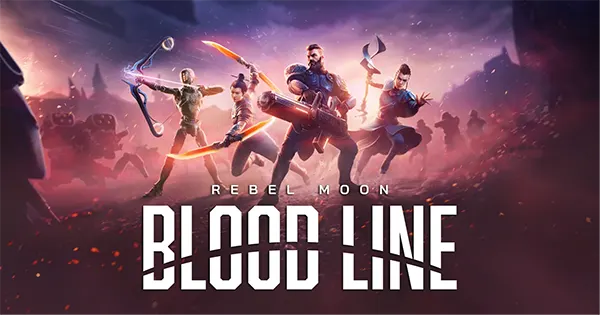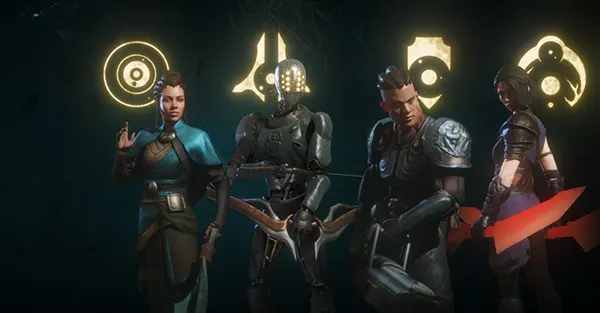
Blood Line: A Rebel Moon Game — Analysing the Cost of “Free-to-Play”
Blood Line: A Rebel Moon Game is presented as a free-to-play mobile title, yet like most games in this genre, it incorporates layered monetisation mechanisms that influence how players progress and engage. Understanding these systems is crucial for evaluating how much the experience might truly cost. Below is a structured exploration of its monetisation strategies as of 2025.
Core In-App Purchase Systems
The game’s primary revenue source is its premium currency system. Players can purchase credits or crystals, which are used to unlock high-tier gear, recruit rare characters, and shorten upgrade timers. Prices vary from small starter bundles at around £4 to large packs exceeding £90, ensuring accessibility for both light spenders and committed players.
Another essential component is its gacha-style summoning mechanic. Players spend premium currency to obtain randomised character drops, with higher rarity units having significantly lower drop rates. This encourages repeated purchases and creates a long-term monetisation loop based on collection and chance.
Additionally, the game offers limited-time packs that combine currency, exclusive skins, and power-boosting items. These bundles are heavily advertised during in-game events, leveraging urgency and fear of missing out to drive sales. They are often refreshed every few weeks to maintain continuous revenue flow.
Impact on Gameplay Progression
Monetisation directly affects progression speed. Players who purchase premium currency can bypass resource bottlenecks, accelerating their advancement through the storyline and competitive modes. This creates a performance gap between paying and non-paying users, influencing both player behaviour and community dynamics.
Access to rare characters also affects combat strategies. Higher rarity heroes offer unique skills that are difficult to counter without equivalent units, meaning players who do not spend may struggle in player-versus-player modes. This fosters a “pay-to-compete” atmosphere in competitive content.
While free players can eventually obtain premium resources through daily logins and achievements, the grind is significantly slower. This difference in progression pace forms the backbone of the game’s monetisation structure, rewarding time or money investment.
Season Pass and Subscription Models
Blood Line: A Rebel Moon Game employs a season pass system, resetting every 30 days. Players can choose between a free track or a paid premium track that unlocks additional resources, cosmetics, and high-rarity characters. The premium pass usually costs between £8 and £12 per season.
The season pass encourages consistent engagement. Players must complete daily and weekly missions to unlock rewards before the season ends, which incentivises regular logins and sustained gameplay. This retention strategy ensures long-term revenue stability for the developers.
Alongside the pass, the game also offers monthly subscription packs. These provide daily premium currency payouts, small stat bonuses, and exclusive shop discounts. Subscriptions target mid-level spenders who prefer predictable spending patterns over impulsive purchases.
Retention Through Recurring Payments
Season passes and subscriptions help build a predictable cash flow. Instead of relying solely on occasional big spenders, the game benefits from a steady stream of moderate payments from its broader user base.
They also serve as psychological anchors, establishing a “baseline” spending expectation. Once players commit to a subscription, they are more likely to justify further purchases to maximise its benefits.
Moreover, these systems maintain long-term player retention by continuously adding new goals, which reduces churn. The design ensures that paying users feel invested, while non-paying users are motivated to convert eventually.

Advertising and Optional Rewarded Ads
Unlike many free mobile titles, Blood Line: A Rebel Moon Game uses advertising sparingly, focusing mainly on rewarded video ads. Players can watch short clips in exchange for small amounts of premium currency, stamina, or crafting materials.
This ad model is entirely optional and does not disrupt core gameplay. It allows free players to progress slightly faster without paying, which can improve engagement and lower frustration among non-spending users.
However, the rewards are deliberately limited, ensuring they do not undermine the incentive to make real-money purchases. Ads serve more as a supplementary income stream than a central monetisation pillar.
Balancing Free and Paid Experiences
Rewarded ads offer a bridge between free and paying players. They provide a low-commitment way to earn small bonuses, softening the transition toward eventual spending while keeping non-paying users active.
Developers must balance ad frequency carefully. Excessive ads could harm user experience, while too few reduce potential revenue. As of 2025, the game maintains a relatively light ad load compared to industry norms.
Ultimately, this approach aligns with modern mobile monetisation trends — prioritising user retention over short-term revenue, while still nudging players toward in-app purchases.
